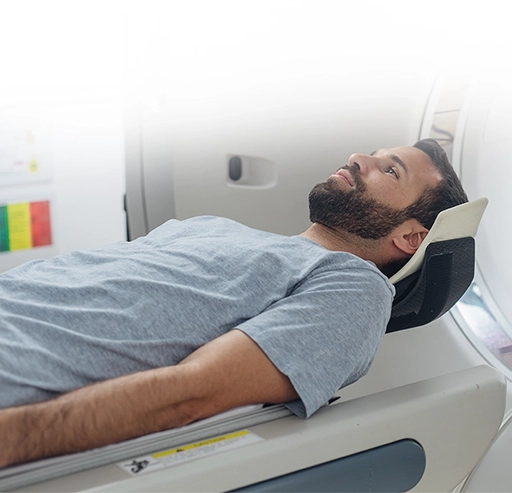OVERVIEW
PET-CT is an important diagnostic and predictive tool in cancer treatment. From diagnosis to staging, from monitoring to evaluating a patient’s treatment response, PET-CT plays a pivotal role in all major phases of the cancer journey.
PET-CT (Positron Emission Tomography-Computed Tomography) is a nuclear medicine imaging method that combines the structural information from the CT scan with the metabolic activity information from the PET scan for more reliable and detailed diagnostic information.
The data from PET and CT imaging are combined for two- or three-dimensional image reconstruction with the help of a software system. These combined scans help oncologists pinpoint anomalies and devise the best treatment plan for various cancers and other diseases.
Advantages of PET-CT Scan
PET-CT imaging has numerous advantages:
Through enhanced accuracy, PET-CT supports the right diagnosis and, thereby, the right clinical decisions.
PET-CT helps specialists detect cancers in their early stages, when they can be treated with positive outcomes.
By providing highly reliable information about the lesions or abnormal masses, PET-CT imaging helps in effective treatment planning.
PET-CT imaging also helps assess the patient’s response to the treatment given.
In some cases, PET-CT can help prevent unnecessary invasive procedures and retests by providing helpful, comprehensive molecular and structural data at once.
This imaging process is non-invasive, and in most cases, there will be no downtime or recovery required for the patients after the test.
PET-CT imaging also plays an important role in radiotherapy planning.
